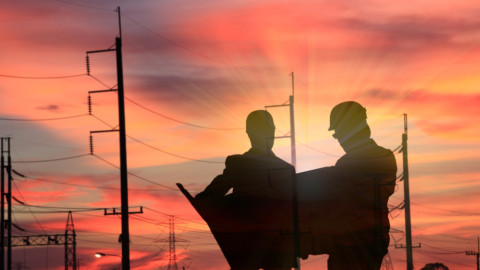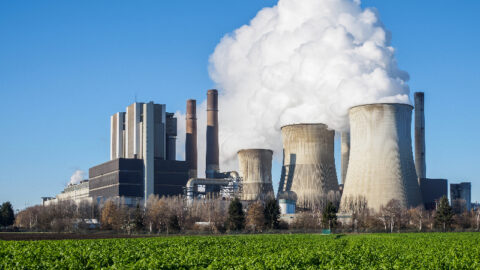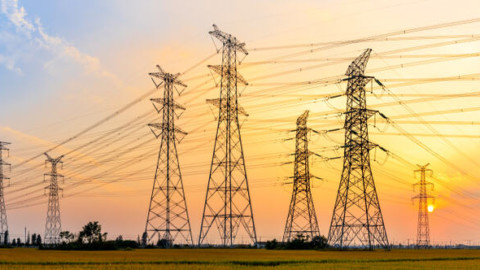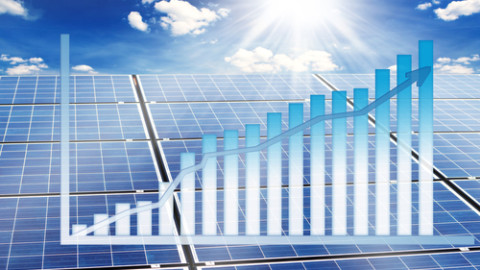The first community roundtable placing First Nations people and communities at the centre of Australia’s clean energy strategy has wrapped up in the Pilbara.
The Federal Government and energy ministers committed in August 2022 to co-design and implement the First Nations Clean Energy Strategy to ensure that First Nations people are part of, and drivers of Australia’s energy transformation.
Ministers committed to resource the roundtables to support the First Nations Clean Energy Network’s three pillars – community, industry partnerships and policy reform – citing the strategy development as an opportunity to review laws, regulation and policy; lift barriers and implement regulatory reform; and to stoke government investment in innovation, technology and infrastructure so that First Nations people can share in and benefit from the renewable energy boom.
First Nations Clean Energy Network founder and Yorta Yorta descendant, Karrina Nolan, said, “This first of many roundtables will help outline a clean energy and investment vision by communities in and around the Pilbara.
“It is the Network’s aim to ensure First Nations people are resourced to participate in, and socially and economically benefit from, the clean energy transition.
“First Nations communities struggle with unreliable, expensive power and the impacts of this are worsening as the costs of living rise. The regulatory environment is complex and can frustrate efforts to build energy security.
“The roundtable brings people together to talk about what’s working and what’s not.
“Together, we will come up with recommendations for actions, policies and programs that Federal and State Governments should implement.”
The Network shared initial community feedback on LinkedIn following the roundtable and said, “We negotiate land access but have no skin in the game – that’s the biggest issue.”
“We want a land, a life, and a race, when mining is finished.”
“We see this as an opportunity to learn from past mistakes that were done with coal and gas.”
“We’re looking for change, we’re looking for transparency, we’re looking for equal partnerships.”
First Nations Clean Energy Network member, Chris Croker, a Luritja man from the central desert, said high electricity prices, low availability of solar and batteries, access to financing and training, employment and business opportunities, as well as embedding negotiating opportunities with investors, government and developers are some of the issues people will likely bring to the roundtable.
“People have a chequered history with mining projects and the extractive industries on their land and this is a chance to reset that,” Mr Croker said.
Ms Nolan said the moment is ripe for doing development right, protecting Country and sacred sites while delivering reliable power, jobs and economic opportunity for First Nations communities.
Many First Nations communities are either proactively considering clean energy or are being asked – via development – to understand and engage with the clean energy industry.
“This show of commitment from energy ministers means we have an opportunity to position First Nations peoples as co-designers and drivers of projects,” Ms Nolan said.
“With Indigenous land title now recognised over more than half of the Australian continent, First Nations’ land and consent will be more critical than ever.
“Once the First Nations Clean Energy Strategy is in the government’s hands, it will then be the job of Minister Bowen and governments at all levels rolling up their sleeves and getting on with the job of implementing it.”
More information on the First Nation Clean Energy Strategy can be found here.
















